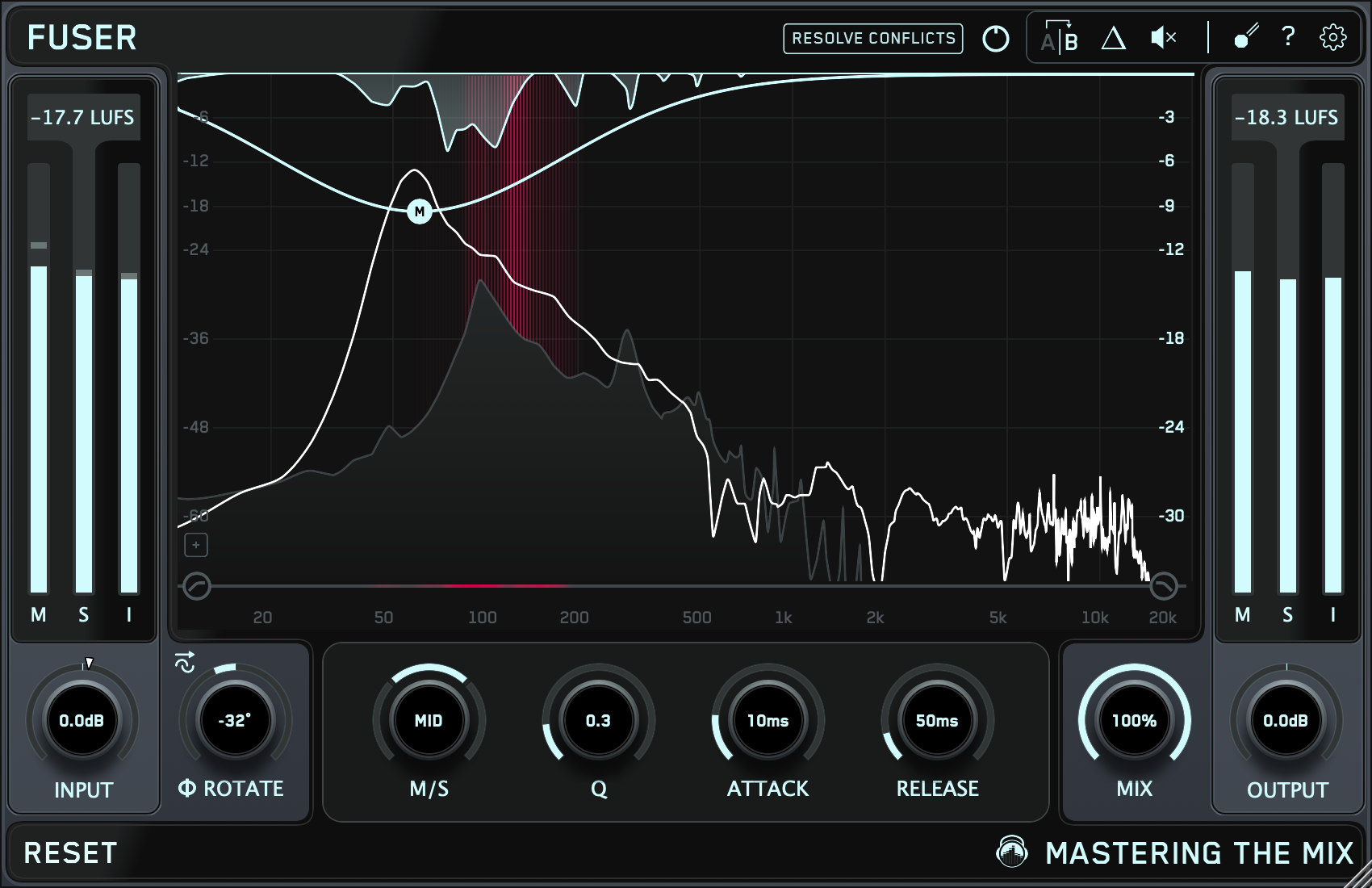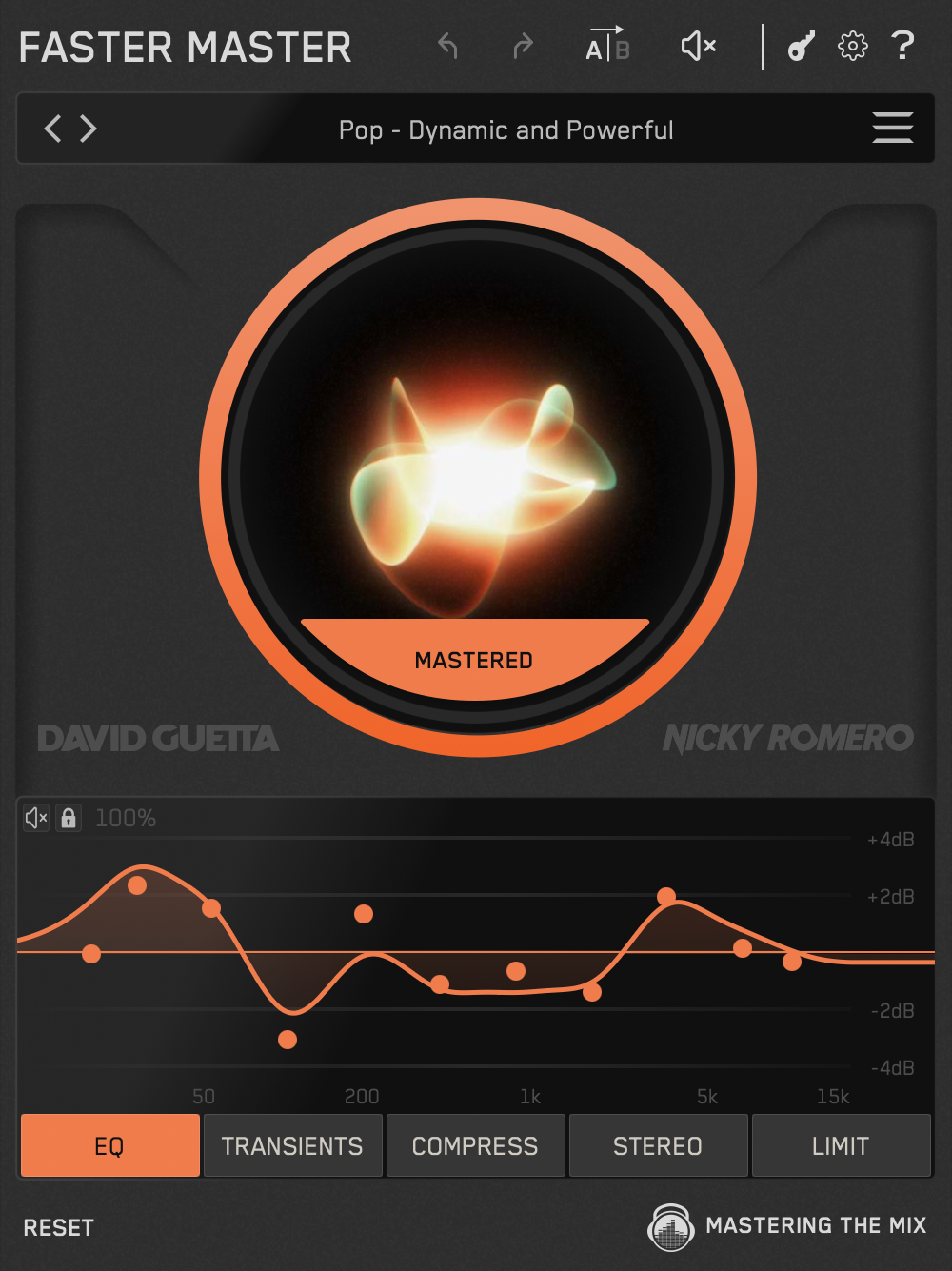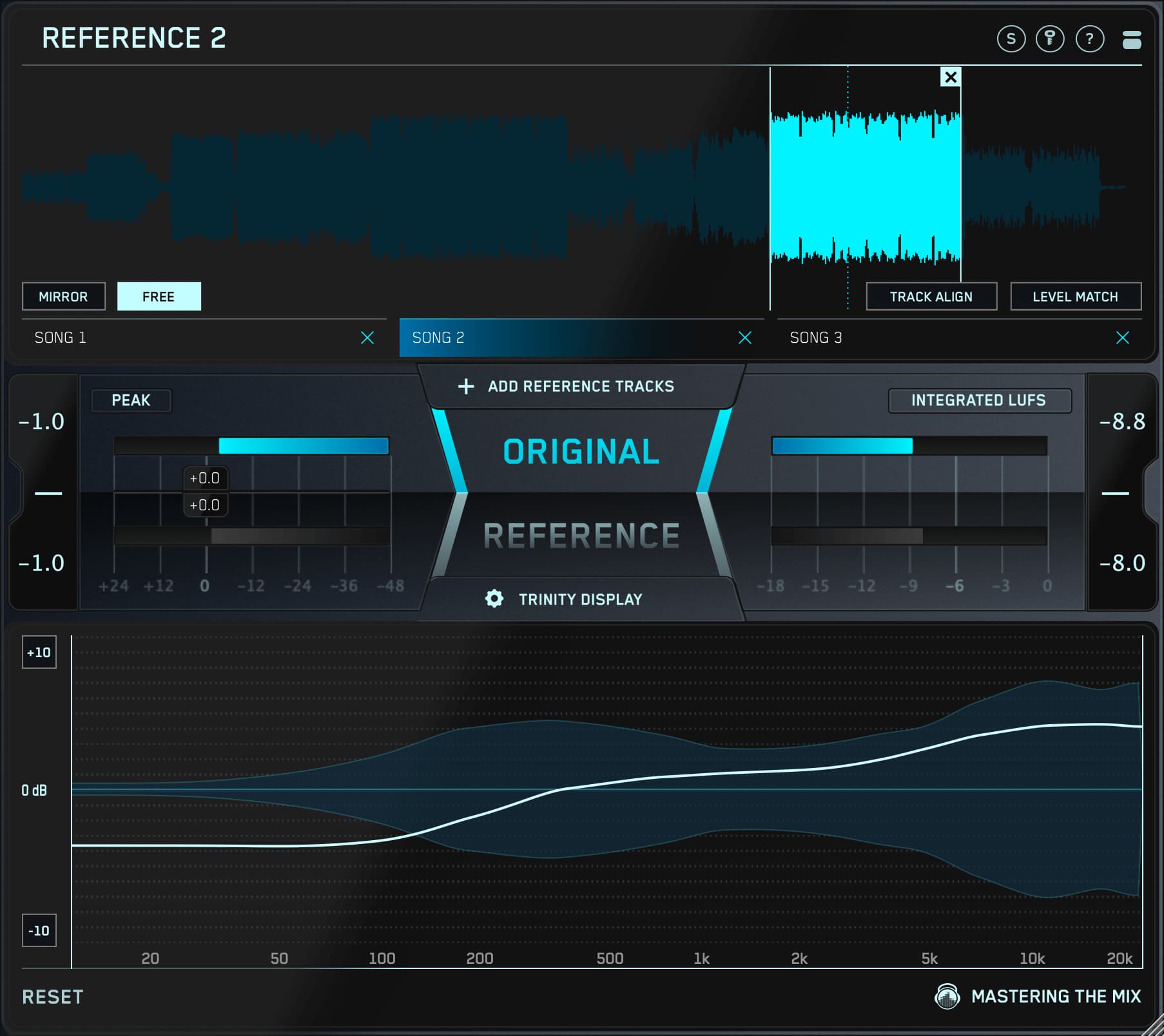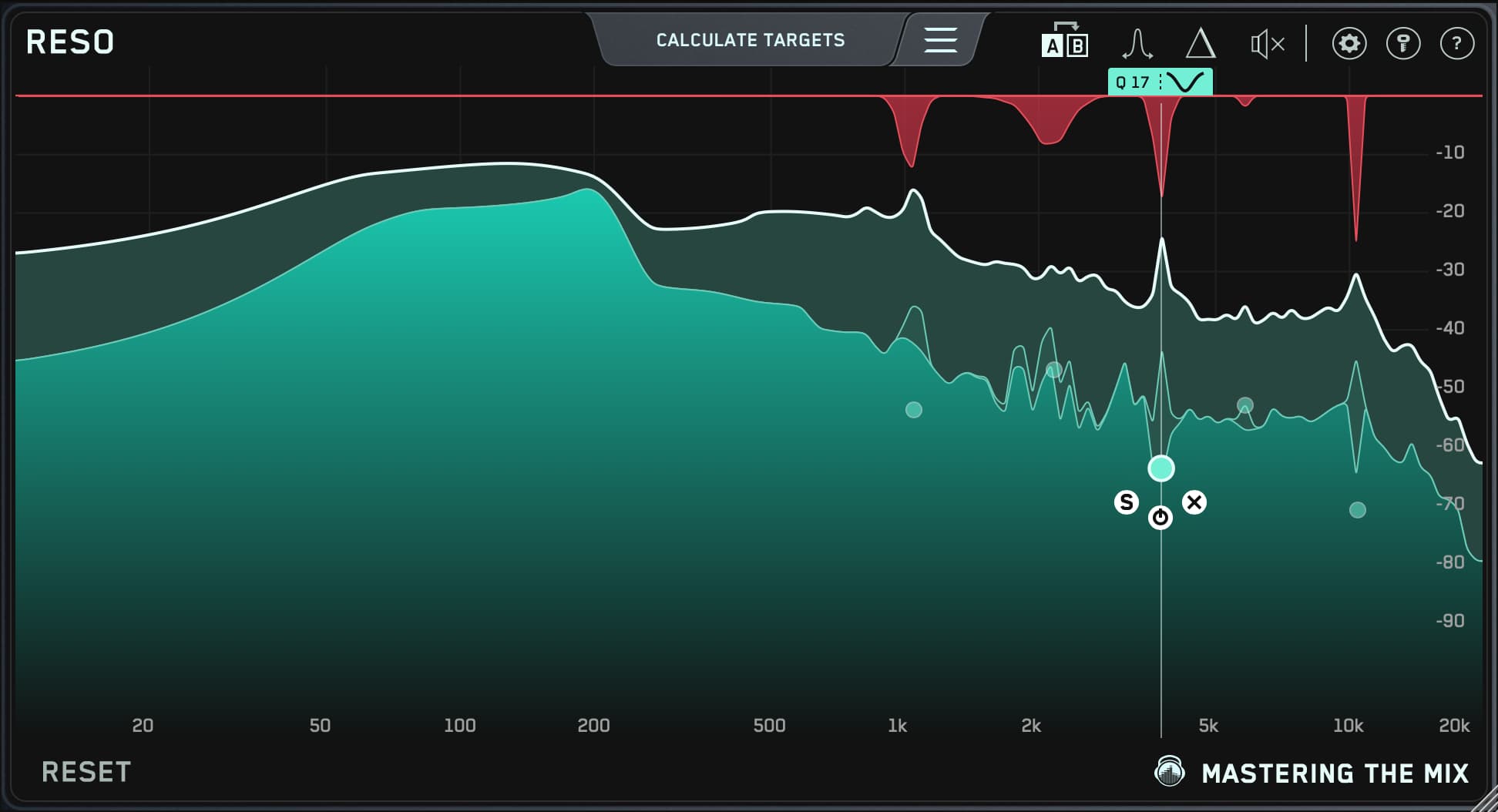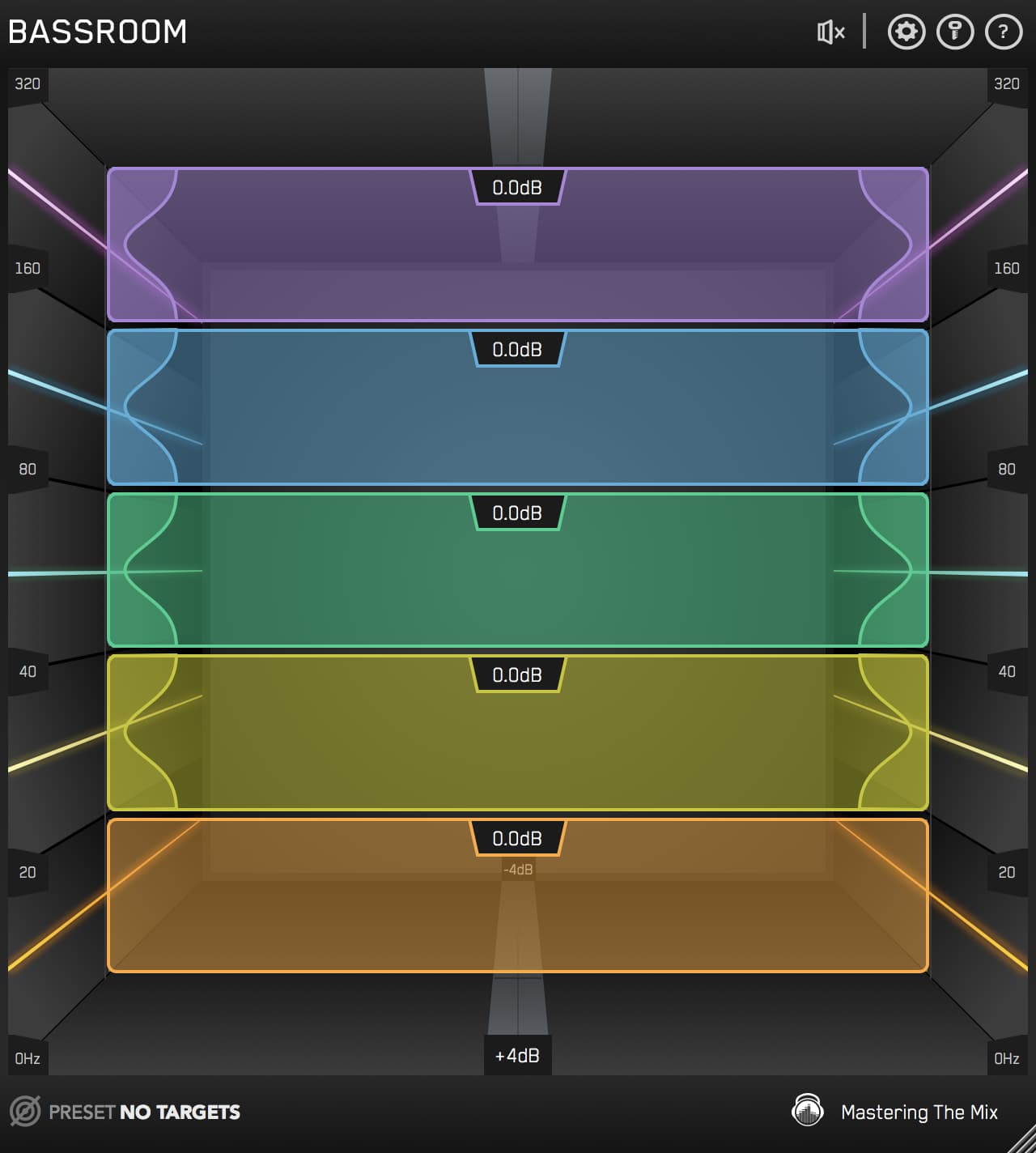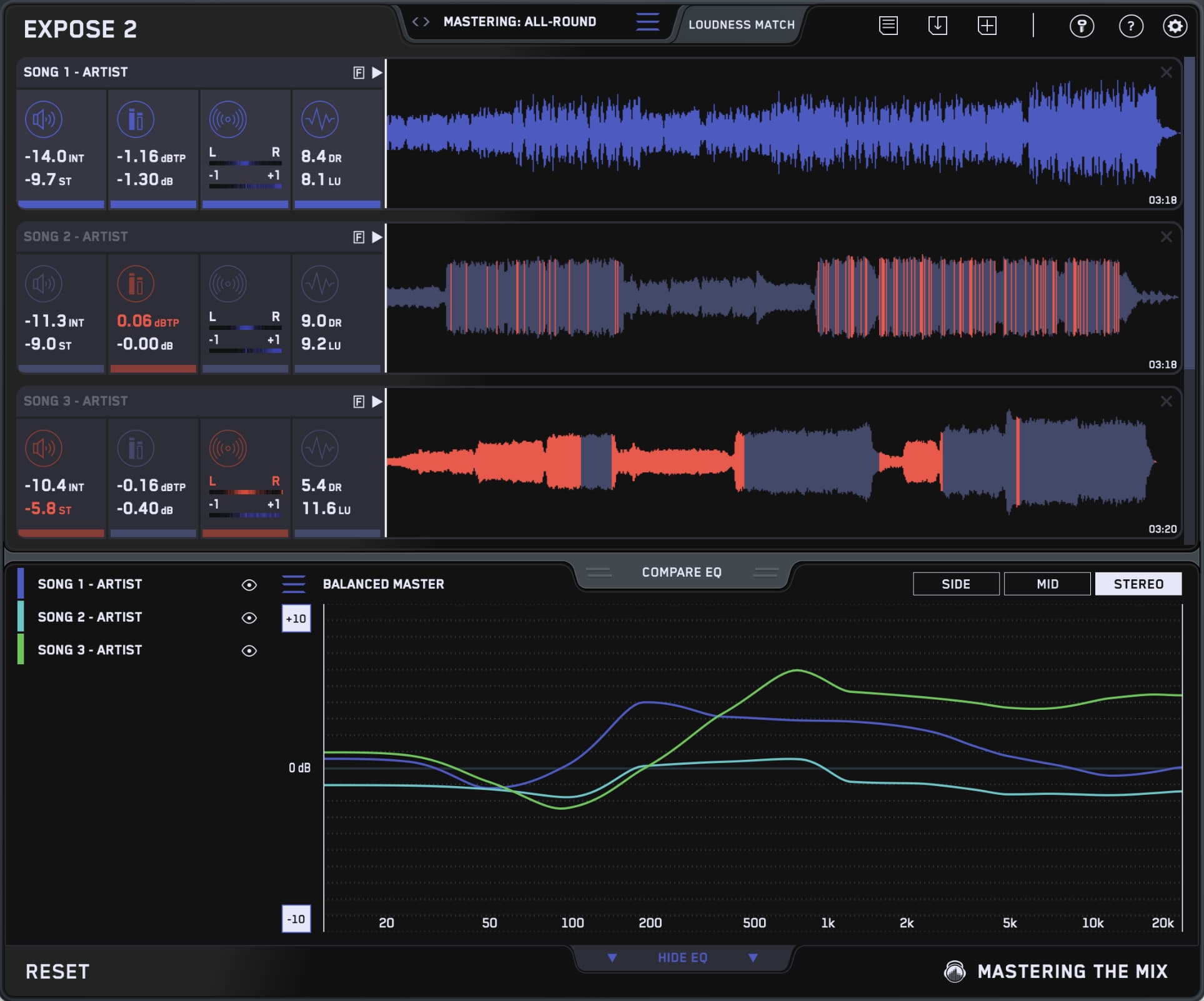Ever noticed your mix sounds thinner than it should? Like the low-end lacks punch or the stereo image feels a bit…off? You could be dealing with phase issues—one of the most common (and overlooked) problems in music production. Phase problems can drain energy from your track, smear your stereo field, and make carefully crafted elements vanish into the mix.
In this post, you’ll learn how to detect phase issues by ear, sharpen your instincts, and fix problems fast using tools like FUSER and LEVELS. We’ll cover what phase issues sound like, how to train your ears to catch them, and how to optimize your mix for maximum clarity, impact, and translation—whether it’s played in headphones, on a club system, or streamed online.
If you want mixes that sound wide, clean, and powerful everywhere, this guide is for you.

Before we begin, a quick visual lesson: This infographic visually explains phase relationships between two audio waveforms — a fundamental concept in audio engineering.
Here’s a breakdown of what each part means:
🔵 Top – In Phase
- Visual: Two identical sine waves aligned perfectly.
- Label: “In Phase”
- Meaning: The peaks and troughs of both waves match up exactly.
- Result: When combined, the amplitudes add together, making the sound louder and fuller.
- Use Case: This is what you want when layering kick drums or doubling vocals—you preserve and enhance the energy.
🟡 Middle – 90° Out of Phase
- Visual: The top wave leads the bottom wave by a quarter cycle.
- Label: “90° Out of Phase”
- Meaning: There's a slight delay between the waves; peaks don’t line up anymore.
- Result: Partial cancellation in some frequencies and reinforcement in others. This creates phase smearing, often heard as a loss of punch or clarity.
- Use Case: Can happen unintentionally when miking instruments or using stereo effects. Usually something to correct or minimize.
🔴 Bottom – 180° Out of Phase
- Visual: The waves are exact opposites (peak of one aligns with trough of the other).
- Label: “180° Out of Phase”
- Meaning: Perfect polarity inversion.
- Result: Complete cancellation—if the two are summed in mono, you'll hear nothing at all.
- Use Case: This is usually bad news. For example, if you duplicate a track and flip the phase on one, the signal can disappear in mono playback.
What Phase Issues Sound Like (And Why They're Hard to Spot)
Phase issues are one of those mix killers that can sneak past even experienced producers. They don’t scream for attention like distortion or harsh EQ—they whisper, “something’s off.” The low-end might feel hollow. The snare might lose its snap. Or worse, a layer might completely vanish when you collapse your mix to mono.
So, what exactly is a phase issue? It happens when two or more sounds interfere with each other due to slight timing or polarity differences. Instead of stacking together for a bigger sound, they cancel each other out—especially in the low-end or stereo field. This can lead to weak drums, washed-out synths, and a stereo image that feels smeared or unfocused.
The challenge? These problems can be subtle and easy to miss—especially if you’re only listening in stereo. Your ears naturally adapt, and the brain fills in the gaps. That’s why producers often second-guess what they’re hearing.
One of the easiest ways to catch these issues is to listen in mono. If something disappears or sounds drastically different, you’ve likely got a phase problem. To confirm it visually, fire up LEVELS and check the correlation meter. If the needle dips below zero, your mix is heading into phase cancellation territory.
Learning to hear these phase cues is a skill—and once you dial it in, your mixes will instantly feel tighter, clearer, and more powerful.

How to Train Your Ears to Spot Phase Issues
Spotting phase issues by ear is like developing a sixth sense for mixing. It takes a bit of practice, but once you’ve trained your ears, you’ll catch phase problems before they wreck your mix. Here’s how to sharpen your phase-detection skills using a few simple but powerful techniques.
1. Listen in Mono
This is your secret weapon. Mixes that sound wide and full in stereo can fall apart in mono if phase issues are present. Collapse your mix to mono regularly while working. If something suddenly feels hollow or disappears—like your kick losing punch or your pads vanishing—you’ve likely got a phase problem.
2. Flip the Polarity
Try duplicating a track and flipping the polarity (also known as phase inversion) on one version. If the sound becomes dramatically quieter or disappears altogether, the two signals are out of phase. Most DAWs have a polarity switch (often shown as a Ø symbol). Try this on layered kicks, snares, or basses to test for cancellations.
3. Use the Pan Trick
Pan similar or layered elements hard left and right. If something sounds weird—like it's phasing or lacks focus—that’s a red flag. Phase issues can be more obvious when elements are separated in the stereo field.
4. Solo and Compare
Listen to parts of your mix in solo—especially layered elements. Flip back and forth between stereo and mono, or tweak timing slightly to see if punch and clarity improve. Tiny phase offsets between layers can cause big problems. Your ears will notice the difference when they’re aligned properly.
5. Confirm Visually with LEVELS
After trusting your ears, use LEVELS to check the correlation meter. A reading near +1 means your mix is phase-coherent. If it dips toward 0 or below, something’s canceling out. Use this as a second opinion to back up what you’re hearing.
The more you practice these techniques, the better your instincts will get. Phase issues won’t just “sound weird” anymore—you’ll know exactly what’s going on and how to fix it.

Fixing Phase Issues With FUSER and LEVELS
Once you’ve identified a phase issue, it’s time to fix it fast and effectively. This is where tools like FUSER and LEVELS shine. They take the guesswork out of phase alignment, helping you lock in tight, punchy, and phase-coherent mixes without slowing down your workflow.
FUSER: Intelligent Phase Alignment
FUSER is built for mix engineers who want fast, accurate phase correction without diving into messy waveform edits. It uses advanced phase manipulation to align tracks at a microscopic level—bringing layers into perfect sync and boosting clarity across your mix.

Example 1: Kick and Bass Lock-In
You’ve got a solid kick and a gritty bassline—but together, they sound weak. Load both into FUSER. With just a click, FUSER analyzes the relationship and applies precise adjustments to eliminate phase cancellation. The result? A tighter, punchier low-end that hits hard in both stereo and mono.
Example 2: Stereo Synth Layers
Layering multiple synths can create a lush sound—or a phasey mess. FUSER helps you align each layer to maintain power and definition. It’s especially helpful when combining stereo elements with subtle timing differences that your ears can’t easily catch.

LEVELS: Real-Time Phase Visualisation
While your ears are your best tool, LEVELS gives you a clear visual indicator of phase health. Watch the correlation meter while you make adjustments. A meter hovering near +1 means everything’s playing nicely. If it drops toward zero or below, you’re dealing with phase cancellation.
Using FUSER and LEVELS together gives you total control. Hear the difference as you work—and see the results in real time. It’s like turning on a light in a dark room. No more second-guessing. Just cleaner, fuller, more professional-sounding mixes.

Pro Tips to Avoid Phase Issues in the First Place
Prevention is always better than cure—especially when it comes to phase. Catching issues early or avoiding them altogether will save you time, frustration, and endless head-scratching later in the mix. Here are some pro-level habits to keep your mixes phase-safe from the start.
1. Choose Sounds That Complement, Not Clash
Layering similar sounds can easily lead to phase cancellation, especially in the low-end. If two kicks or basses are fighting for the same space, try blending contrasting textures instead—like a punchy transient with a deep sub. This gives you fullness without the risk of phase wipeout.
2. Be Mindful With Stereo Widening
Stereo widening tools can be great—but they often introduce phase issues if pushed too far. Always check the mono compatibility of widened elements. If something sounds amazing in stereo but vanishes in mono, dial it back or find another way to add width.
3. Nail Your Mic Placement
If you’re recording live instruments, pay extra attention to mic distance and phase alignment—especially on drums and guitars. Use the 3:1 rule as a starting point, and always check the sound in mono to make sure your mics aren’t fighting each other.
4. Commit to Phase-Coherent Layers Early
When you find a layered sound that works well together, bounce it down. Committing early helps you avoid accidentally nudging layers out of alignment later. It also simplifies your session and keeps your CPU happy—win-win.
These simple habits will save your mixes from sounding thin, smeared, or hollow—and they’ll make you faster and more confident in your decision-making. Phase issues might be sneaky, but with a bit of foresight, you’ll stay one step ahead.

Troubleshooting Guide: Common Phase Mistakes
Even experienced producers fall into phase traps from time to time. The good news? Once you know the most common mistakes, they’re easy to catch and fix. Here’s a quick-fire guide to the usual suspects and how to deal with them like a pro.
1. Drum Bus Disasters
Layering kicks or snare samples without checking phase alignment can crush your drum power. If your drums sound weaker together than they do solo, flip the polarity on one layer or use FUSER to align them perfectly. Your transients will thank you.
2. Misaligned Duplicate Layers
Copying a sound to add processing (like distortion or compression) can introduce subtle timing shifts, especially with heavy plugins. If your duplicated layers are cancelling each other out, try nudging one slightly forward or backward—or just bounce the processed version to audio to avoid confusion.
3. Overlapping Stereo FX
Stacking wide reverbs, delays, or modulation effects can create a dreamy vibe—or a phasey nightmare. Always listen in mono after applying stereo FX to ensure they’re not introducing comb filtering or stereo smear. Less is often more.
4. Phase-Blind EQ Moves
Extreme EQ adjustments—especially with linear phase EQs—can cause phase shifts or pre-ringing. If something starts to sound “off” after EQing, toggle the EQ bypass and compare. Use your ears and watch LEVELS for any sudden drops in correlation.
When in doubt, solo the problematic elements, switch to mono, and trust your instincts. Use tools like FUSER to fix alignment fast and LEVELS to double-check your results. You’ll not only fix the issue—you’ll come out with a cleaner, tighter, and more professional mix.

Wrapping Up: Spotting Phase Issues by Ear Is a Skill You Can Master
Phase issues might seem invisible at first, but once you know what to listen for, they become crystal clear. With the right techniques and tools, you can train your ears to detect and fix these sneaky mix killers before they ruin your sound.
Listening in mono, flipping polarity, panning creatively, and using trusted tools like FUSER and LEVELS will give you complete control over your mix’s phase relationships. Your low-end will hit harder, your stereo image will feel wider and more focused, and your mix will translate like a dream across all systems.
Like any mix skill, it takes a bit of repetition—but once it clicks, it becomes second nature. So don’t be discouraged. The next time your mix sounds a little off, trust your ears, trust your tools, and fix it fast. You’ve got this.


